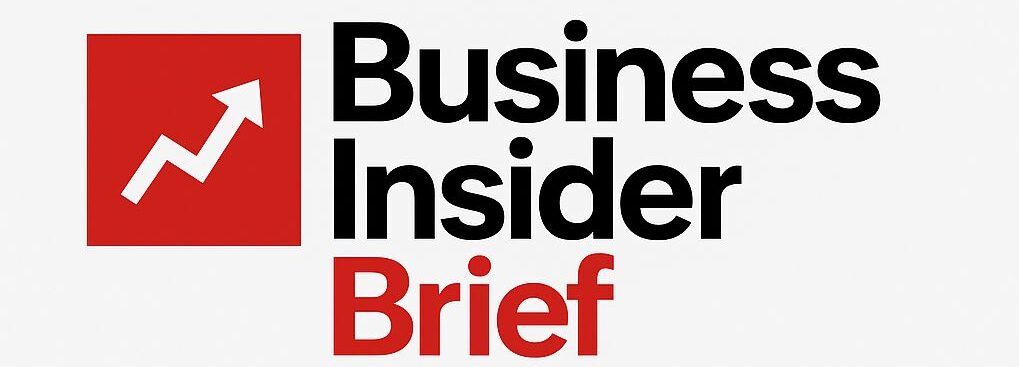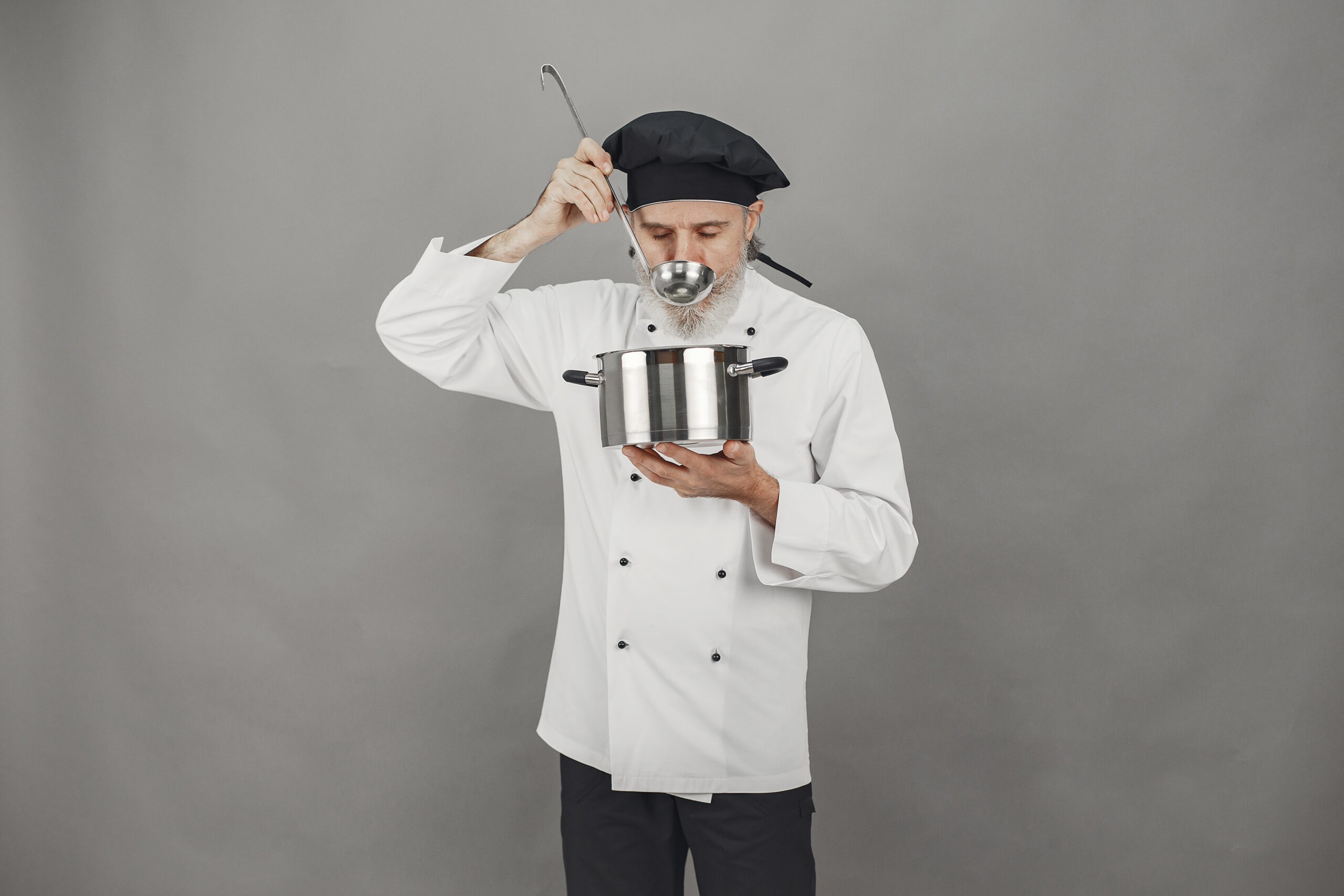Introduction
You probably think of sharp knives, sizzling pans, and towering plates of gourmet food when you imagine a kitchen. But behind the scenes, chefs rely on something far less glamorous, yet absolutely essential—chef pants. Yep, those loose-fitting, checkered, often underrated trousers are the backbone of a professional kitchen uniform.
Let’s break down what makes chef pants such a vital part of the culinary world and why you might want to think twice before underestimating them.
What Are Chef Pants?
Purpose and Function
Chef pants are specially designed trousers that offer protection, comfort, and utility for chefs and kitchen staff who spend long hours on their feet in hot, fast-paced environments.
Differences From Regular Trousers
Unlike regular jeans or slacks, chef pants are built for performance—heat resistance, stain concealment, and mobility are baked right in (pun intended).
Key Features of Quality Chef Pants
Comfort and Fit
Comfort is king in the kitchen. Chef pants are typically loose-fitting to allow for airflow and ease of movement, especially during long shifts.
Fabric Type and Durability
They’re usually made from sturdy materials like poly-cotton blends that can withstand frequent washing and the rigors of a hot kitchen.
Breathability and Heat Resistance
Hot kitchens demand breathable fabrics. Many chef pants are made to wick away moisture and keep chefs cool.
Pockets and Practicalit
Multiple deep pockets are a must. Where else would you keep your thermometer, marker, or tasting spoon?
Elastic Waistbands and Mobility
Elastic or drawstring waistbands provide flexibility and ease, especially when bending, stretching, or moving quickly.
Popular Styles and Designs
Classic Checkered Pants
Black-and-white checkered pants are iconic and for good reason—they hide stains like a pro and have been a staple for decades.
Solid Black Chef Pants
Sleek, modern, and just as effective. Black chef pants are easier to match with other uniform pieces and often look more professional.
Slim-Fit and Modern Cuts
Not all chefs want the baggy look. Some modern pants offer a tailored fit without sacrificing comfort.
Gender-Neutral vs. Gender-Specific Options
Many chef pants today are unisex, but there are also options tailored specifically for men or women for better fit and comfort.
Material Breakdown
Cotton vs. Polyester
Cotton is breathable and soft, while polyester is more durable and stain-resistant. Blends are usually the best of both worlds.
Blends for Breathability and Strength
65/35 poly-cotton blends are among the most common for chef pants due to their balance between comfort and durability.
Flame-Resistant Options
For high-heat kitchens or grilling stations, flame-resistant chef pants offer an added layer of safety.
Choosing the Right Pair of Chef Pants
Based on Work Environment
If you’re in a fast-food kitchen vs. a Michelin-starred restaurant, your pants need may differ—opt for function first.
Fit and Comfort
Try before you buy if possible. Look for adjustable waistbands, breathable fabric, and mobility-enhancing cuts.
Easy Maintenance and Washability
Chef pants take a beating. Make sure they’re machine washable, wrinkle-resistant, and quick-drying.
Top Brands and Where to Buy
Chef Works
Reliable, professional-grade chef wear loved by kitchens worldwide.
Dickies
Known for rugged workwear, Dickies offers some great chef pants that are durable and affordable.
Happy Chef
Trendy, functional, and designed with real chefs in mind.
Online Retailers and Specialty Stores
Amazon, WebstaurantStore, and local uniform shops often carry chef pants with varied styles and price points.
Chef Pants vs. Chef Aprons: What’s More Important?
They Serve Different Purposes
Aprons protect your upper body and torso, while chef pants handle your legs—you really need both for full protection.
Why You Need Both
Together, they form the armor of any kitchen warrior. Don’t skimp on either!
Taking Care of Your Chef Pants
Washing Tips
Use cold water and mild detergent. Avoid bleach unless your pants are all white.
Stain Removal Hacks
Use baking soda, vinegar, or lemon juice to treat stubborn grease stains before throwing them in the wash.
Longevity Tips
Rotate pairs, avoid over-drying, and follow care instructions to extend lifespan.
The Symbolism Behind Chef Pants
Tradition and Status
Wearing chef pants signals your role and experience in the kitchen hierarchy.
Culinary Identity
Like a lab coat to a scientist, chef pants are part of your identity. They say, “I’m here to cook. Let’s get to work.”Fun Facts About Chef Pants
-
The checkered pattern hides flour, sauces, and grease better than plain colors.
-
Some chefs collect unique prints and colors to show off their personality.
-
Chef pants have even made their way into streetwear trends due to comfort and utility.
Conclusion
Chef pants may not get the glory of a Michelin star, but they are essential gear in the culinary battlefield. They provide comfort, function, and protection for the hands that craft the world’s best meals. If you’re a chef, an aspiring cook, or even someone working the back-of-house grind, investing in a good pair of chef pants is investing in your success.
So next time you put on your chef coat, remember the pants matter too.
FAQs
1. Why do chef pants have checkered patterns?
To help conceal stains and spills that are common in the kitchen.
2. Are chef pants unisex?
Many are, but there are also gender-specific styles for better fit and comfort.
3. Can I wear chef pants outside of the kitchen?
Absolutely! Their comfort and utility make them popular even for casual wear.
4. What’s the best fabric for chef pants?
A poly-cotton blend offers breathability and durability, ideal for long shifts.
5. How often should chef pants be replaced?
Depending on usage, every 6–12 months. Heavy use may require more frequent replacement.

